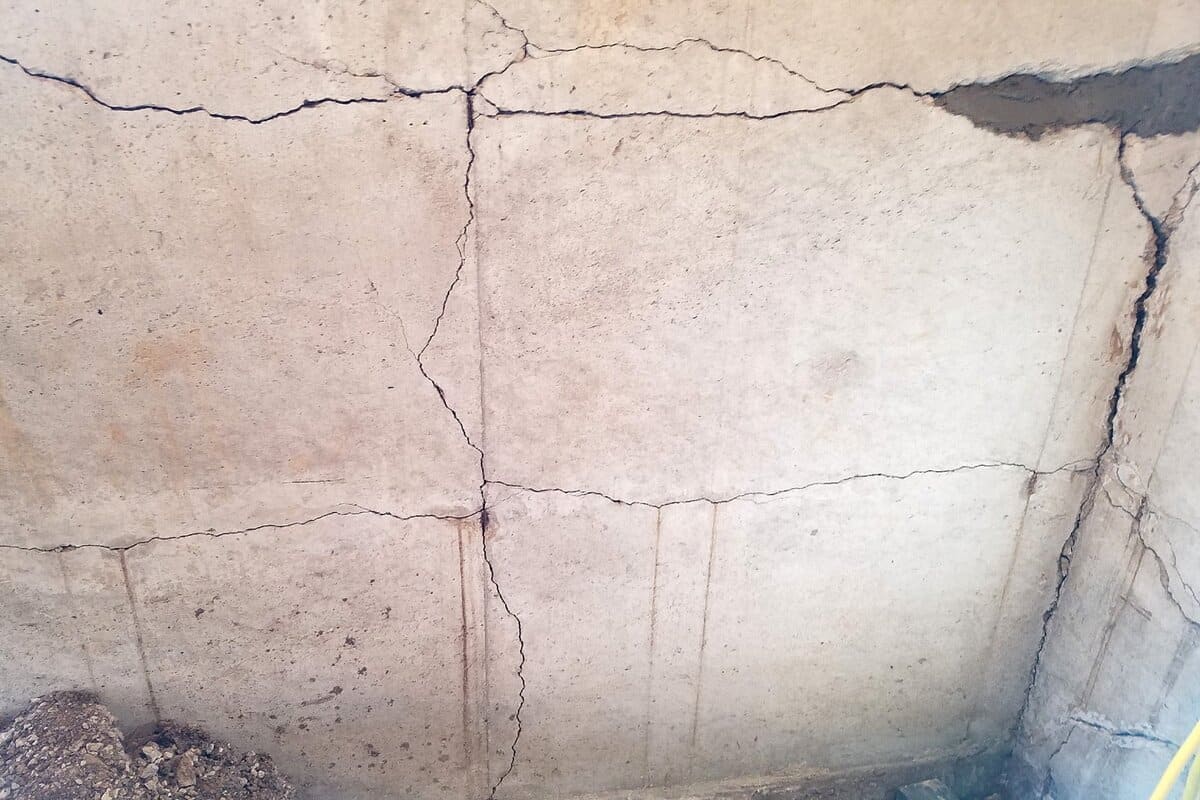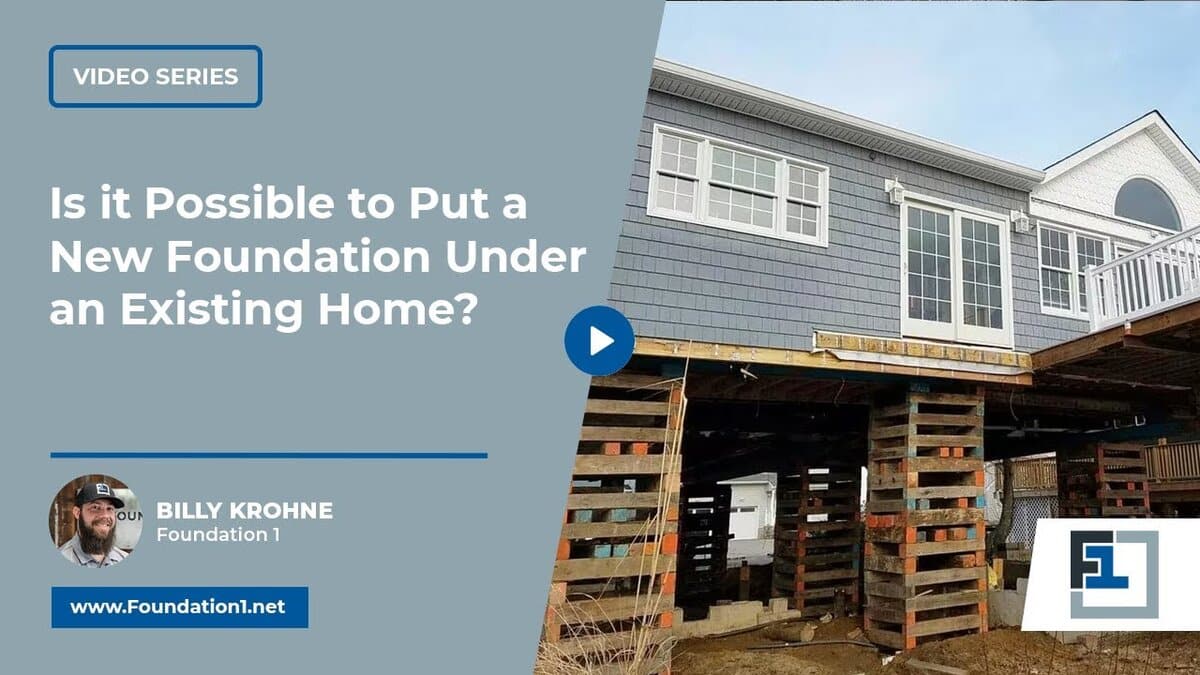Bowing basement walls can be a concerning issue for homeowners. This phenomenon usually happens when the walls start to curve or bend inward due to various pressures from the surrounding soil and environmental factors. In this guide, we’ll explore the causes of bowing basement walls, how to identify them, and what steps you can take to address this common problem effectively.
What are Bowing Basement Walls?
Bowing basement walls refer to walls that have started to curve or bend inward due to pressure from the surrounding soil. This can occur for various reasons, including hydrostatic pressure, poor drainage, or the natural settling of the soil over time. When basement walls bow, they can compromise the stability of the entire structure, leading to further damage if left untreated.
Identifying Bowing Walls
Spotting bowing basement walls can sometimes be tricky, especially if your basement is finished. However, there are several telltale signs to watch out for. One common indicator is diagonal cracking off the corners of the foundation or horizontal cracks running down the middle of the wall. These cracks often signify the presence of bowing walls, particularly if they appear suddenly or worsen over time.
Diagnosing Bowing Walls
If you can’t visually inspect your basement walls from the inside, you can still assess the situation from the outside. A useful method is to check how far your siding overhangs in different areas of the wall. Corners typically remain stable, so any variation in overhang between the corner and the middle of the wall can indicate bowing. For instance, if the overhang at the corner is one inch, but it increases to three inches in the middle of the wall, it suggests that the top of the wall has shifted inward by two inches, indicating bowing.
Addressing Bowing Walls
Once you’ve identified bowing basement walls, it’s crucial to take prompt action to prevent further damage. Depending on the severity of the bowing and the underlying causes, solutions may vary. In some cases, installing wall anchors or braces can help stabilize the walls and prevent further inward movement. Alternatively, addressing drainage issues around the foundation and relieving hydrostatic pressure may be necessary to prevent recurrence.
Preventative Measures
Prevention is always preferable to costly repairs. To minimize the risk of bowing basement walls, ensure proper drainage around your home by maintaining gutters, downspouts, and grading. Additionally, consider installing a sump pump if your basement is prone to flooding, as excess moisture can exacerbate bowing and other foundation problems.
In Summary
Bowing basement walls can pose a significant threat to your home’s structural integrity if left unaddressed. By understanding the signs of bowing and taking proactive measures to address the underlying issues, you can protect your investment and ensure the long-term stability of your home. If you suspect that your basement walls are bowing, don’t hesitate to contact a qualified foundation repair specialist for a thorough inspection and personalized recommendations.
Remember, early intervention is key to preventing costly repairs down the road. Take the necessary steps to safeguard your home and preserve its value for years to come.
If you have any questions, don’t hesitate to contact us. We’re here to help and guide you through every step of the process.




